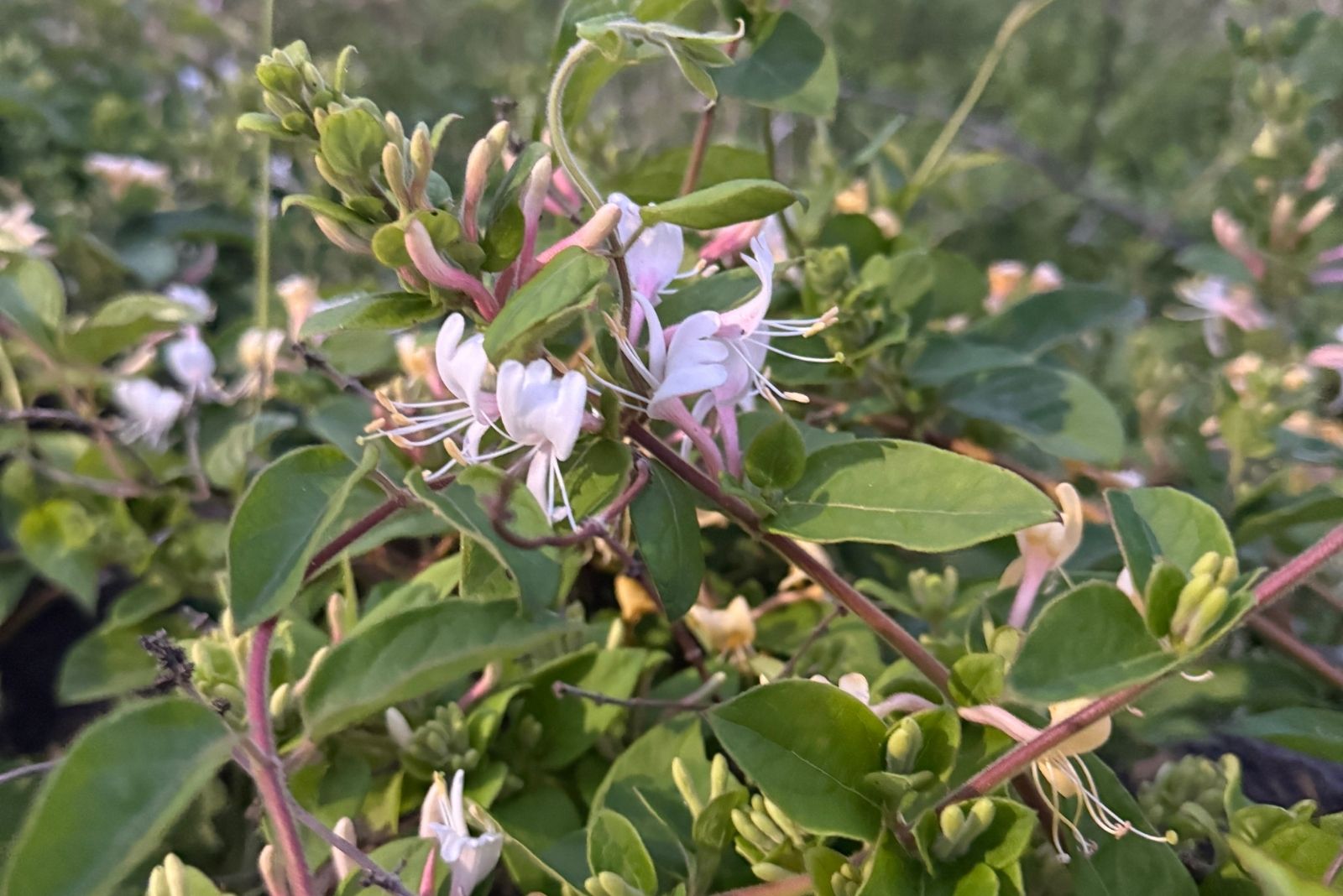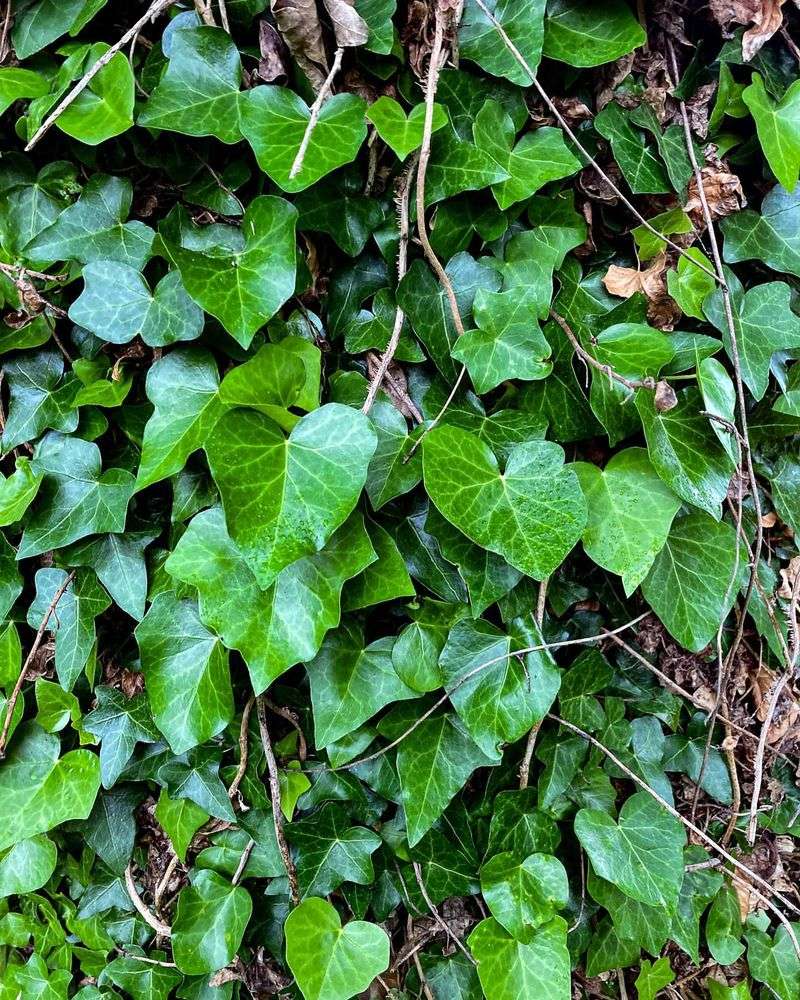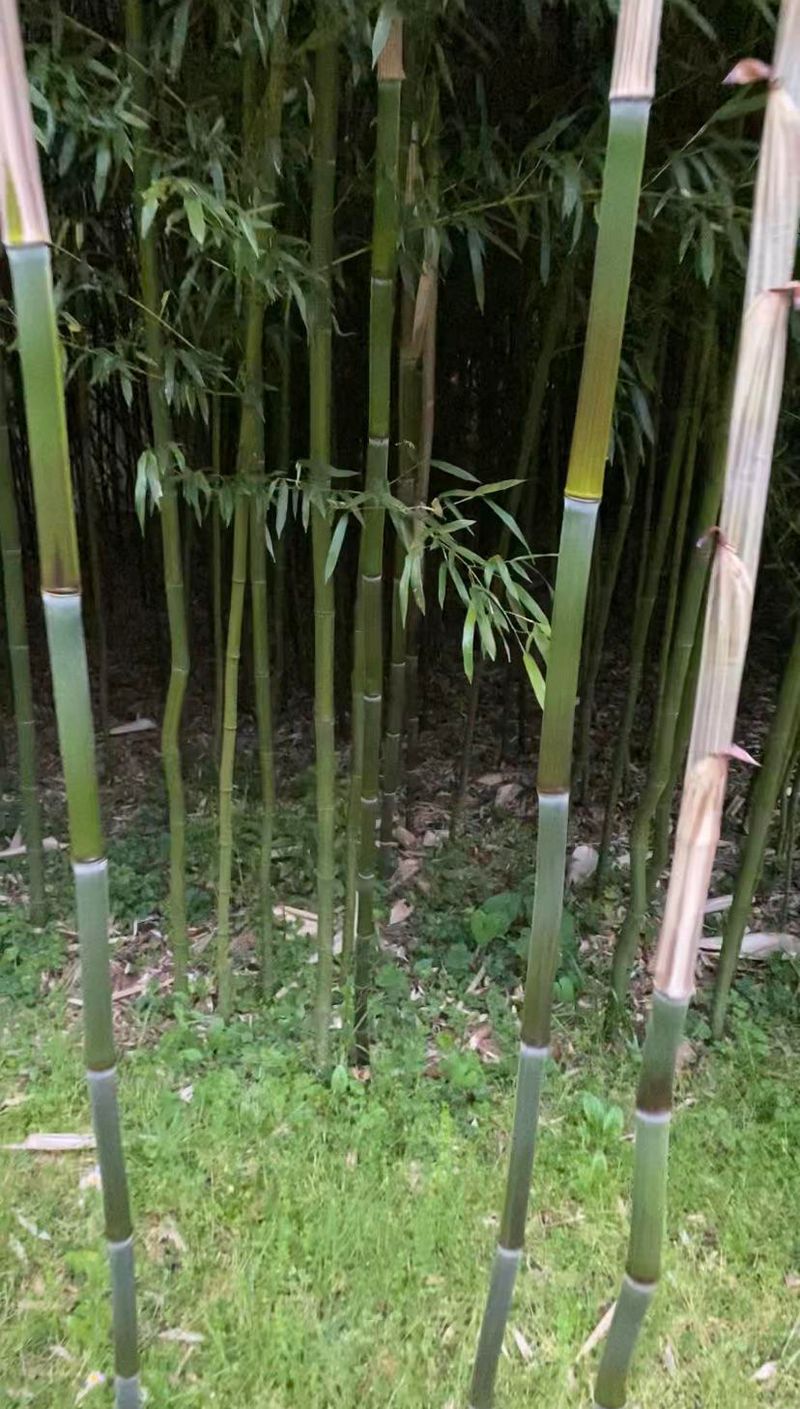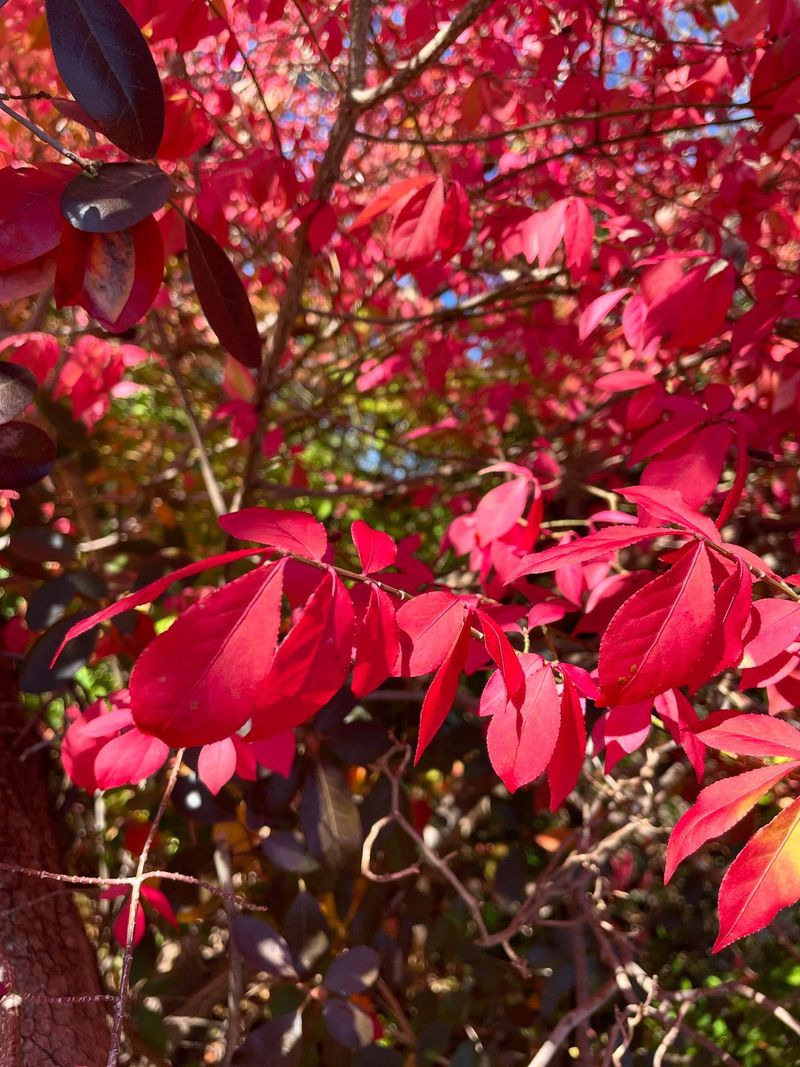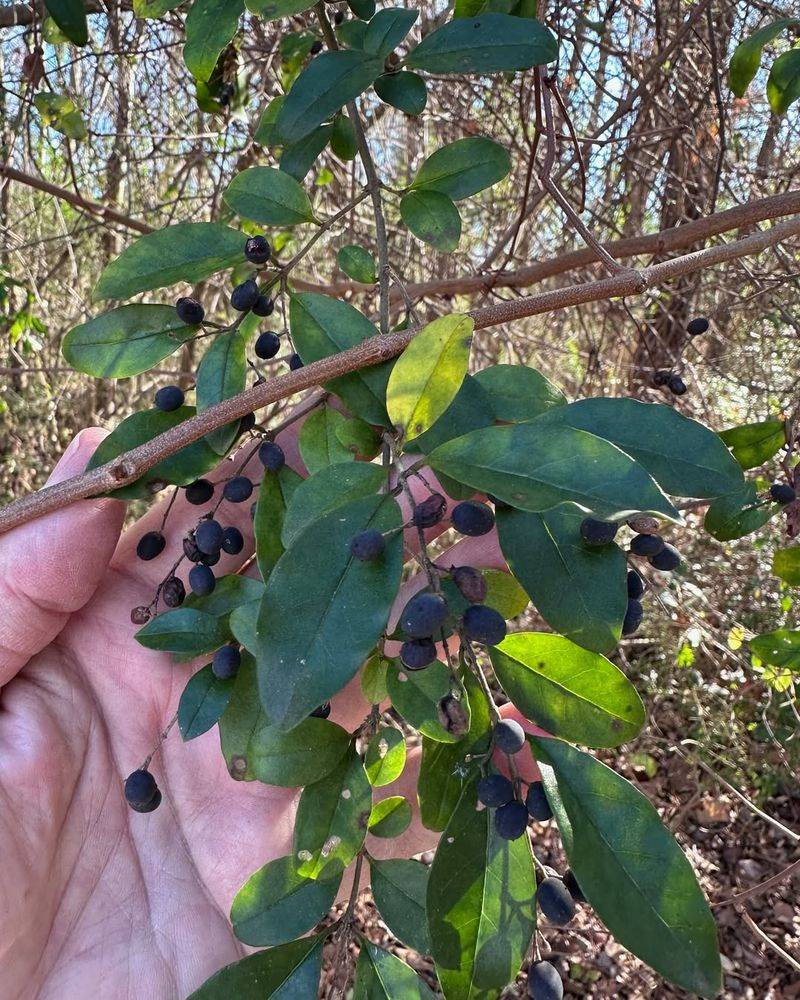Virginia’s charming suburbs are under quiet attack—from plants that were never meant to be here. Invasive species are spreading fast, crowding out native greenery and upsetting local ecosystems.
These aggressive growers often go unnoticed until they’ve taken over gardens, parks, and roadside edges. What starts as a pretty plant can quickly become a neighborhood nuisance.
I’ve seen that state officials are now weighing bans on several problem species. It’s a move to protect Virginia’s landscapes before things get even more out of hand.
1. English Ivy
Climbing up trees and spreading across the ground, English ivy might look charming at first glance. However, this aggressive vine suffocates native plants and trees by blocking sunlight they desperately need.
Homeowners who planted it decades ago now struggle to remove it from their properties. The plant forms thick mats that prevent other species from growing, creating green deserts where diversity once thrived.
Wildlife suffers too, losing food sources and shelter as ivy takes over entire woodland areas throughout Virginia neighborhoods.
2. Japanese Honeysuckle
Sweet-smelling flowers hide a dangerous invader. Japanese honeysuckle wraps itself around trees and shrubs, strangling them slowly over time while spreading rapidly through underground roots.
Suburban fences and mailboxes often disappear beneath tangled masses of this persistent vine. Birds spread its seeds far and wide, making control nearly impossible once established in an area.
Native honeysuckle varieties get crowded out completely, disrupting the delicate balance that local pollinators and wildlife depend on for survival each season.
3. Bradford Pear
Planted throughout Virginia suburbs for decades, Bradford pears seemed like perfect street trees with their showy spring blooms.
Unfortunately, their weak branches break easily during storms, causing property damage and safety hazards for families. Even worse, these trees spread aggressively into natural areas where they form dense thickets.
Sharp thorns develop on wild offspring, making them dangerous and difficult to remove from parks and greenspaces. Native fruit trees get pushed aside as Bradford pears multiply relentlessly.
4. Bamboo
Backyard bamboo groves can quickly become neighborhood nightmares. Running bamboo varieties send underground shoots called rhizomes into neighboring yards, popping up through driveways, patios, and even building foundations.
Property disputes arise when bamboo crosses property lines, and removal costs thousands of dollars for frustrated homeowners. The plant grows so vigorously that it damages underground utilities and plumbing systems.
Once established, bamboo creates impenetrable barriers that exclude all native vegetation and wildlife from affected areas completely.
5. Burning Bush
Brilliant red autumn leaves made burning bush a landscaping favorite for generations of Virginia homeowners. Garden centers sold thousands of these shrubs, not realizing the environmental consequences that would follow years later.
Birds eat the berries and deposit seeds throughout forests and parks, where burning bush crowds out native understory plants.
Deer avoid eating it, giving the shrub an unfair advantage over native species that wildlife naturally controls. Natural areas become dominated by these invasive shrubs.
6. Wisteria
Cascading purple blooms create stunning displays in spring, but wisteria’s beauty masks its destructive nature. Heavy vines grow so thick they snap tree branches and topple entire trees under their weight over time.
Asian wisteria species prove especially aggressive, spreading through Virginia suburbs much faster than native varieties. Seedpods explode to scatter seeds across wide areas, establishing new colonies wherever they land.
Removing mature wisteria requires cutting vines repeatedly over several years to finally exhaust the persistent root systems.
7. Privet
Hedge rows of privet once defined property boundaries throughout Virginia neighborhoods. Left untrimmed, these shrubs escape into woodlands where they form dense thickets that nothing else can penetrate or survive beneath.
Native shrubs that provide nutritious berries for birds get replaced by privet’s less valuable fruits. The plant tolerates shade extremely well, allowing it to invade even mature forests where other invasives struggle to establish themselves.
Forest floors become barren under privet canopies, eliminating wildflowers and groundcovers completely.
8. Multiflora Rose
Farmers once planted multiflora rose as living fences to contain livestock throughout rural Virginia. Those good intentions backfired spectacularly as the thorny shrub spread uncontrollably into suburbs, parks, and natural areas everywhere.
Dense, impenetrable thickets form quickly, blocking trails and making outdoor spaces unusable for recreation. Sharp thorns tear clothing and skin, creating hazards for children playing in affected neighborhoods.
Each plant produces thousands of seeds annually, carried by birds to establish new colonies miles away from parent plants.

